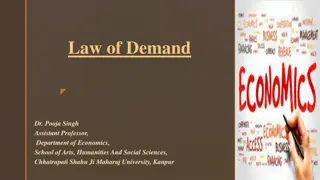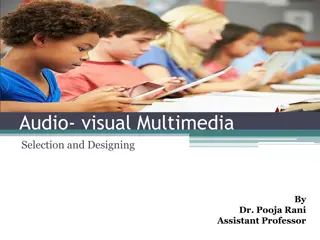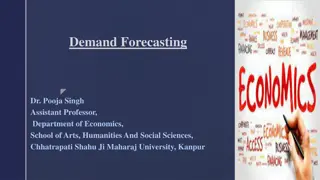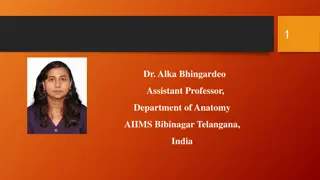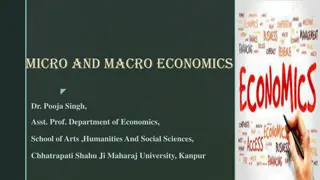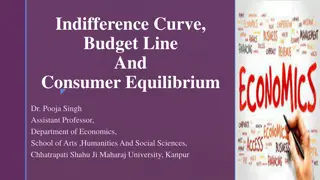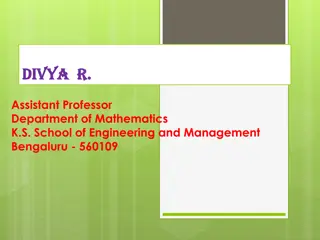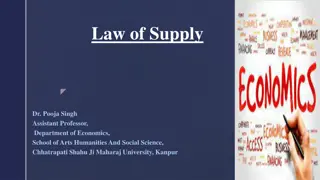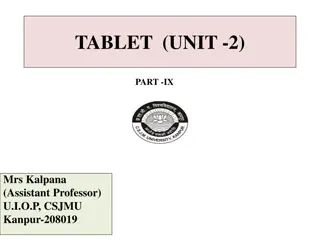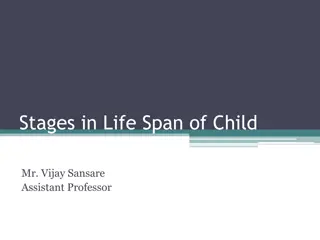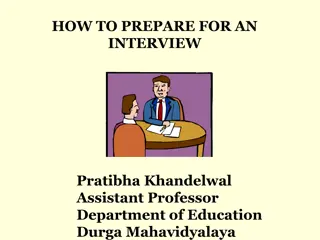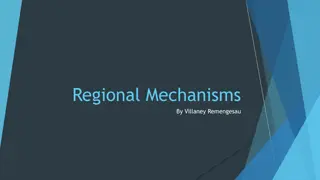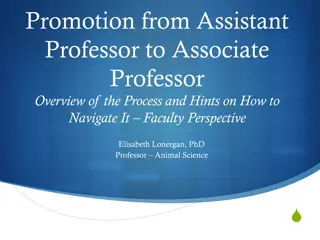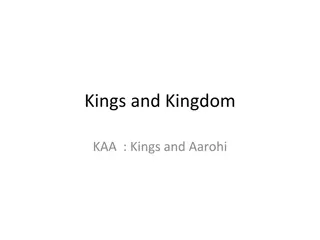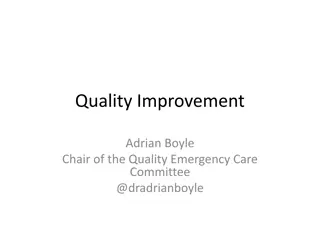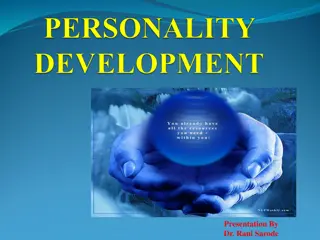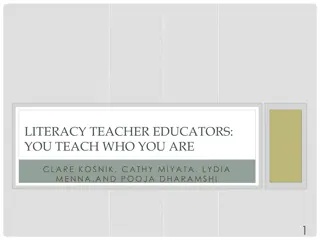Comprehensive Overview of RCEM Approach by Dr. Pooja Rani, Assistant Professor
Regional College of Education, Mysore (RCEM) introduces the RCEM Approach focusing on mental abilities over behavior, with its own taxonomy. Modifications to Blooms Taxonomy are discussed, emphasizing creativity. The approach outlines mental processes related to cognitive development objectives, highlighting knowledge recall, interpretation, analysis, and creativity. Merits include applicability across teaching domains and simplicity for Indian schools, while demerits involve limited coverage of behavior outcomes and cognitive objectives.
Download Presentation

Please find below an Image/Link to download the presentation.
The content on the website is provided AS IS for your information and personal use only. It may not be sold, licensed, or shared on other websites without obtaining consent from the author.If you encounter any issues during the download, it is possible that the publisher has removed the file from their server.
You are allowed to download the files provided on this website for personal or commercial use, subject to the condition that they are used lawfully. All files are the property of their respective owners.
The content on the website is provided AS IS for your information and personal use only. It may not be sold, licensed, or shared on other websites without obtaining consent from the author.
E N D
Presentation Transcript
RCEM Approach Dr. Pooja Rani Assistant Professor
Introduction Regional College of Education, Mysore (RCEM) had developed this approach to come up the loopholes of Mager s and Miller s approach. This approach give stress on mental abilities rather than terminal behaviour. It has developed their own taxonomy known as RCEM taxonomy. Cont
Cognitive domain of Blooms Taxonomy has modified from six into four terms. Last three categories has been denoted into one category i.e. creativity Comprehension has changed into Understanding.
Mental Process related to Cognitive Development Objectives Knowledge Mental process or abilities Recall Recognition We example Relationship See relationship Classify Interpret Verify Generalize Reason out Formulate Hypothesis Establish Hypothesis Infer Predict Analysis Synthesis Evaluate Understanding Application Creativity
Merits 1. It is useful in all three domains of teaching and learning i.e. Cognitive, Affective and Psychomotor. 2. It is very easy and useful for Indian School as it has developed in Indian situations. 3. It explains the human learning in terms of mental abilities and mental process. 4. When objectives are written correctly then it automatically provides right direction to learning.
Demerits 1. All the behaviour outcomes are not cover in just 17 mental abilities, according to Guilford it is 120 in numbers. 2. More useful for writing cognitive objectives only. 3. The number of mental abilities is too less for objectives like knowledge and creativity.




